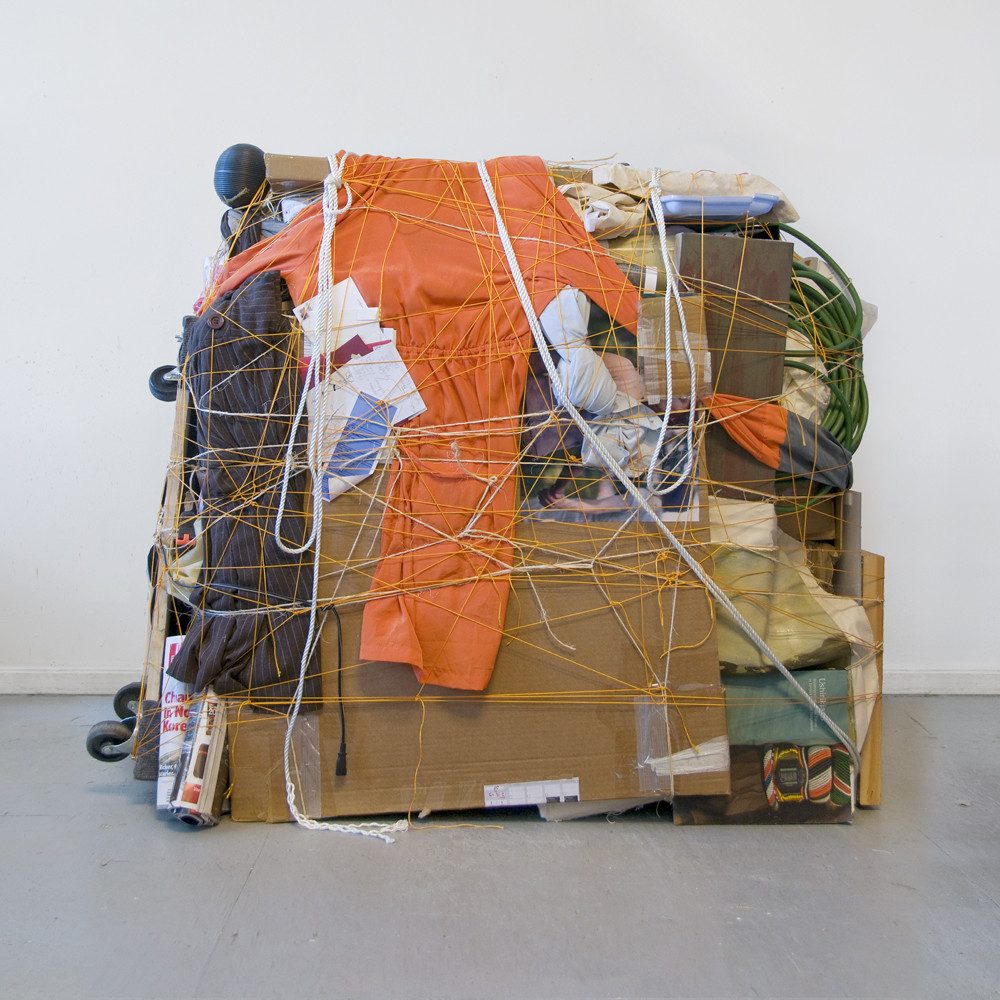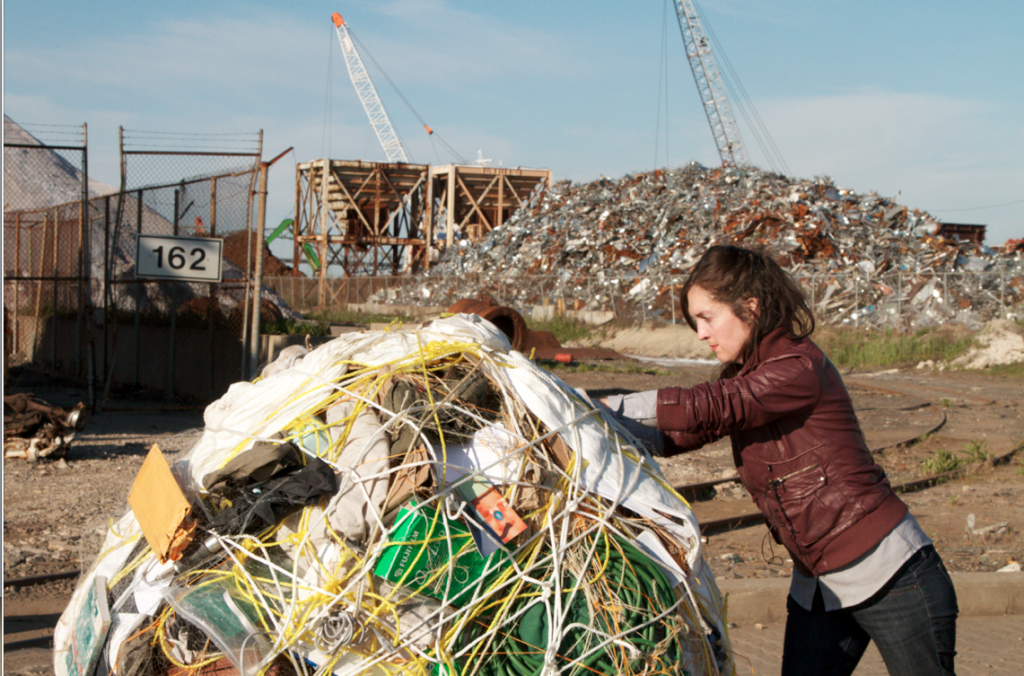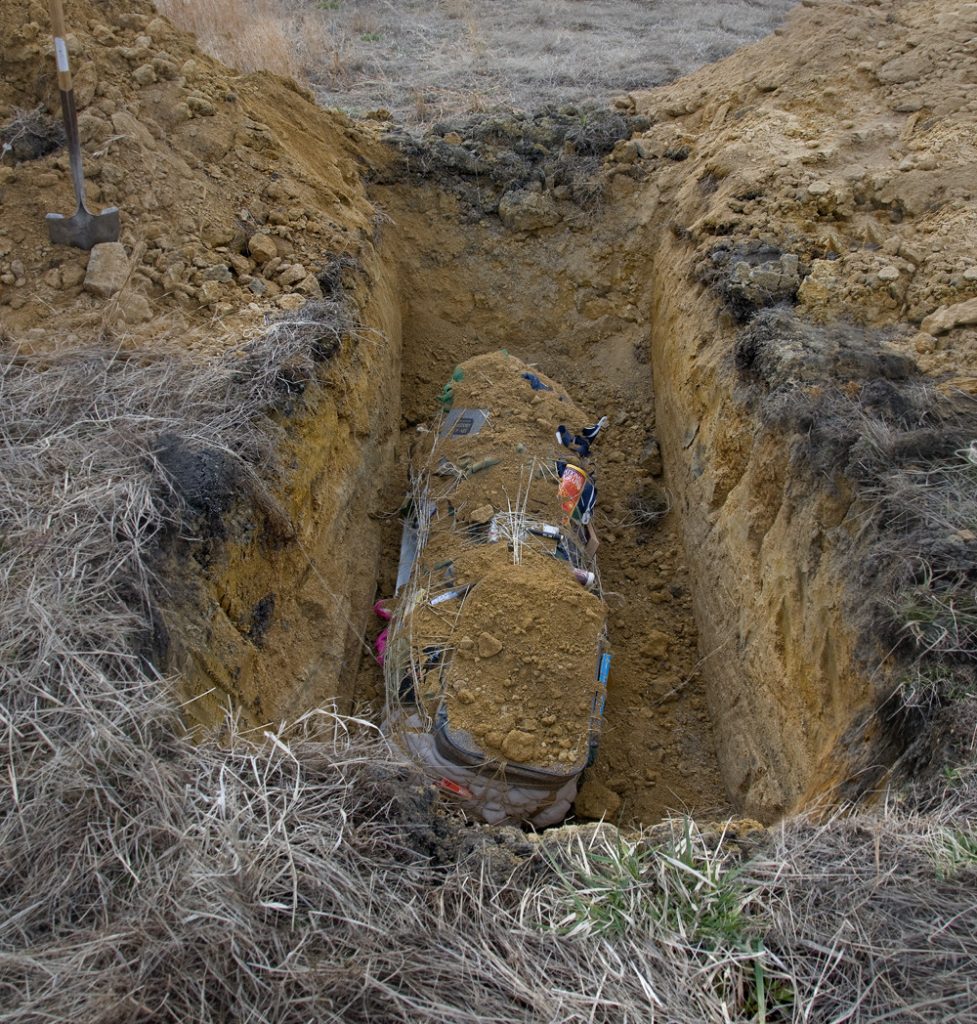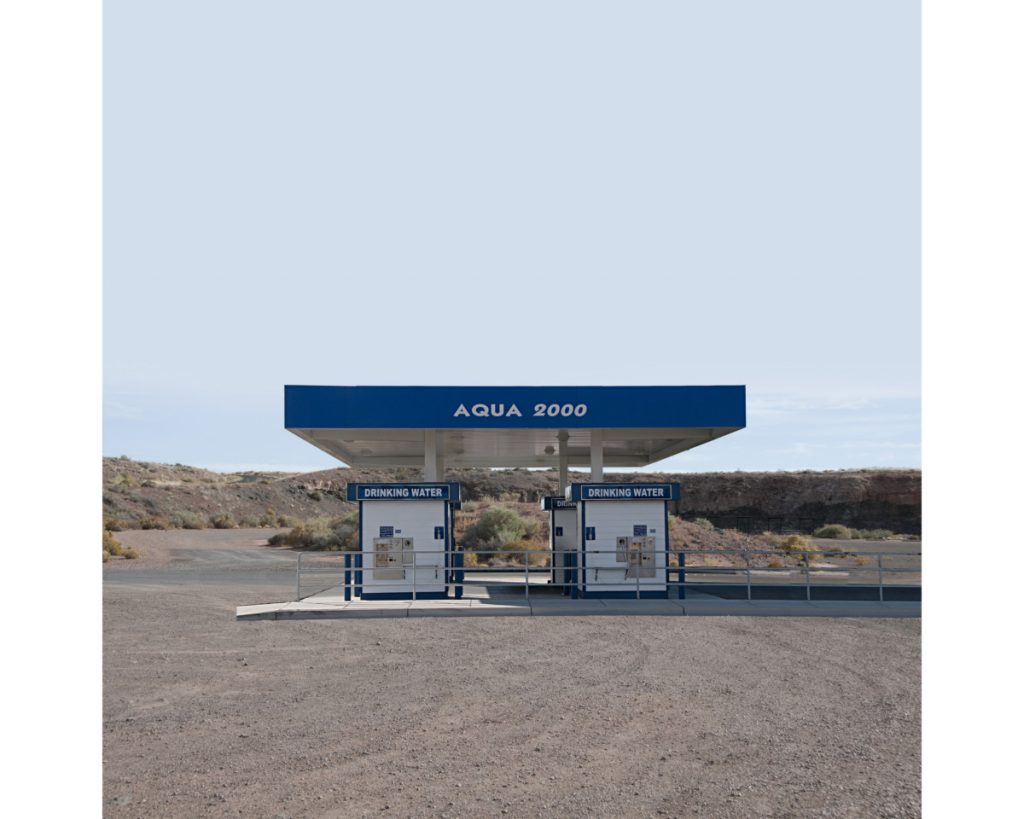I create ecosystems from existing military and industrial materials to begin a new story. I want to change people’s perceptions about value through performative spaces, collaborative sculpture, image making, and storytelling.
Art is integral to envisioning new worlds. By continuing to re‐imagine the public sphere, I believe artists can work with community members to challenge the power dynamics between corporate, state, and a widening inequality that is addressed through the links between social justice and art.

A Utopian Turn: Manifesto for a Nonviolent Art
In every way, shape, and form, we are at war. A Manifesto for Nonviolent Art proclaims that art and Utopian thought can cultivate systemic social change. Art can transform people’s perceptions about value, and collective art forms can re‐frame predominant ideologies.
1. A Violent Economic Order
From the supply chain to the landfill, if our systems of production, trade, and consumption use the social and ecological space of others, it is a form of violence.
(Art and) A Nonviolent Economic Order
Make all works of art without participating in economies of violence. Boycott so‐called Free Trade, companies that participate in slave labor, or militia‐managed extraction. Demand fair wages on behalf of silenced workers and build informal, cross‐border supply chains within interdependent Art World networks.

2. A Violent Political Order
Since supplying social services interferes with the military industrial power structure, military spending in the U.S. will continue to dominate and define the political order, and the US will continue making war in perpetuity.
(Art and) A Nonviolent Political Order
Imagine and realize the replacement of war economies, war propaganda, and dominant strategies that oppress. Strengthen an understanding that a military approach fuels arms races, human rights abuses, and weakens economically hallowed‐out States. Use social capital to transform multinational governing bodies like the United Nations to be fair.

3. A Violent Education
The business of education and compartmentalized forms of learning best serves the people we work for, and those that they work for. With steady erosion of job security, it leaves us dependent while increasing their control.
(Art and) A Nonviolent Education
Share underrepresented histories. Expand school curriculums and individual classes to include mutual education around peace, and nonviolence training towards active compassion. Flip the so‐called script.

4. A Violent Ecological Order
As increased desertification, land degradation, and water privatization continue to fuel global wars through droughts, famine, and resulting forced migration, investors trade in weather derivatives and reinsurance, profiting from ecological disasters.
(Art and) A Nonviolent Ecological Order
Work towards worlds where humans serve as caretakers and stewards rather than private owners. Help to recognize the reciprocity of commons and indigenous rights to land, while protecting it from being sold off. Help to disempower the word “own”.

5. A Violent Social Order
Collective traumas are known to change our collective sense of what is possible.
(Art and) A Nonviolent Social Order
Reset the dial by working together on Utopian projects. Be a transgressor and an empathic lover. Promote difference not indifference. Remember that we have bigger battles to fight than those we may want to fight against each other.


6. Working Towards a Nonviolent Art
How can we dedicate ourselves to living nonviolently, today? This is not an ambitious question—it’s an essential one. In art and life, create flexible and inclusive schemes for living that encompass respect, non‐hierarchy, nonviolence, and tolerance. Art making is powerful; and a nonviolent art is a duty.
Bodies such as the UN Can be useful and fair, if:
- It stops favoring rich nations.
- It represents Latin America and Africa, not just North America, Europe and Asia.
- It prohibits the abuse of war in self‐defense.
- Veto power is taken away from most powerful countries.
- It enforces labor and environmental laws.

Mattingly’s Manifesto on a non‐violent art is reprinted here from a 2015 excerpt.





